How to Improve Fast – 3. How to Set-Up the Rig
By Luis Soubie In this chapter we will discuss the "elephant in the room". When I do clinics, I talk for hours about tactics, the importance of the approach and attitude, preparation and work, but always, ALWAYS, everyone hears all this with the sole aim of getting to the "tuning". The reality is that tuning is important for one reason only: if we don´t have a reasonable speed compared to the rest of the fleet, we cannot develop any kind of tactics. Tuning is important, but I do not agree at all with the general attitude around the world to focus 90% of the effort spent in Snipe sailing on measuring and copying other people's tuning, and in the meantime learning nothing about tactics and boathandling, which are easily improved with a little attention and work. ...
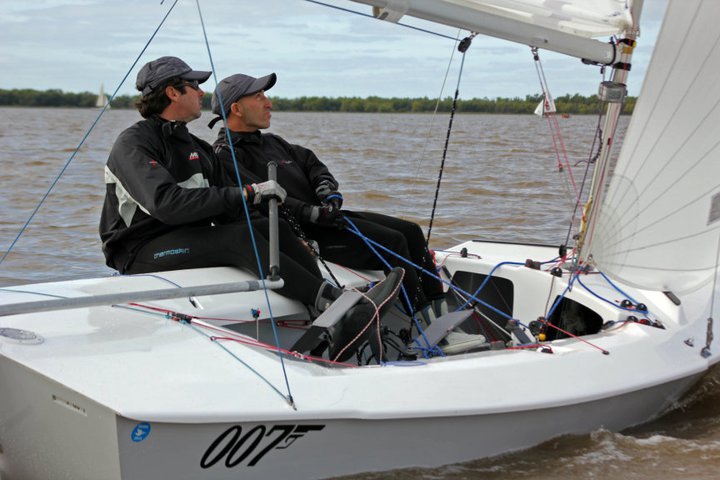

By Luis Soubie
In this chapter we will discuss the “elephant in the room”. When I do clinics, I talk for hours about tactics, the importance of the approach and attitude, preparation and work, but always, ALWAYS, everyone hears all this with the sole aim of getting to the “tuning”.
The reality is that tuning is important for one reason only: if we don´t have a reasonable speed compared to the rest of the fleet, we cannot develop any kind of tactics.
Tuning is important, but I do not agree at all with the general attitude around the world to focus 90% of the effort spent in Snipe sailing on measuring and copying other people’s tuning, and in the meantime learning nothing about tactics and boathandling, which are easily improved with a little attention and work.
…
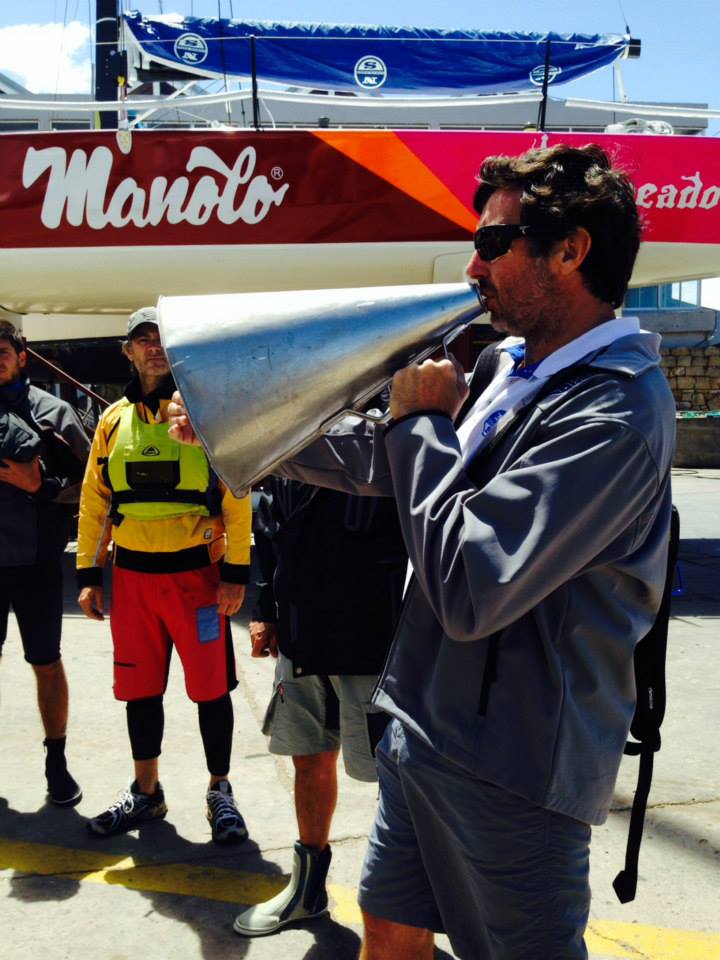 Always remember that if you finish, for example, 200 m behind the 1st place boat, maybe 20 meters is lack of speed and the other 180m is due to common errors. Yet most people occupy their time in solving these 20m ….
Always remember that if you finish, for example, 200 m behind the 1st place boat, maybe 20 meters is lack of speed and the other 180m is due to common errors. Yet most people occupy their time in solving these 20m ….
With that said, we proceed.
Let’s start directly with a “million dollar tip”: THERE IS NO MAGICAL UNIVERSAL TUNING SETTING. There are only opinions and different ways to sail.
It is obvious that if there are many boat manufacturers, various forms of sails, variations in weight between 120 and 150 kg, and different physical and skills to sail, one tuning will not suit everyone.
What I will try to provide is a starting BASE point that everyone can then adapt for themselves with small variations. The following measurements were taken with this equipment: Persson, Sidewinder Gold, shrouds 1/8″ wire (not Dyform).
On my boat I like everything very simple. Everything must be easy and work well. I am against systems that fill the boat with rigging and ropes that are little or no use at all, and doubtful or at least not proven results. I travel a lot and sail rental boats all the time, so I need a setting to be quite “universal” and translatable from boat to boat.
Another important thing is to understand that there are setups that are faster only after much training, as they require fine helming and finer and constant trimming by the crew. If you use this setup without enough training or coordination with your crew, not only will it not make you faster, it will make you slower. For example, the first part of the year, after several months without sailing, I use a setup more relaxed, similar to this one I will tell you about in a momento. By the end of the season I’m generally using a more extreme and difficult setup, with a lot of tension. If I set up very critically at the beginning of the season after 3 months without sailing, I have to concentrate more on the helming.
That forces me to take some of the focus out of the tactics, so I prefer an easier setup, which is still fast although perhaps not the fastest.
Everyone copies everyone else’s setup. I cannot understand why people who sail only 4 or 5 regattas a year copy the setups of (for example) the Brazilian Champions—who sail all the time, sometimes weigh 10kg less or more, and sail without ever cleating the mainsheet or jib sheet. Most Brazilians carry the sheets in the hand, moving them and trimming them 100% of the time. How can anyone who doesn’t sail this way expect to have the same speed as them, just by copying their setup? I do not get it.
I recommend you find a top sailor who has good speed, and a sailing style that is closet to yours. Do not copy someone who weighs 10kg more or who sails much more (or much less) than you do, because all you will accomplish is to sail slower and with more frustration.
To tune up the mast you will need a metal tape measure and a tension gauge (silver or black). The following setup will go very well for crews of between 130 and 140kg (286-308 pounds).
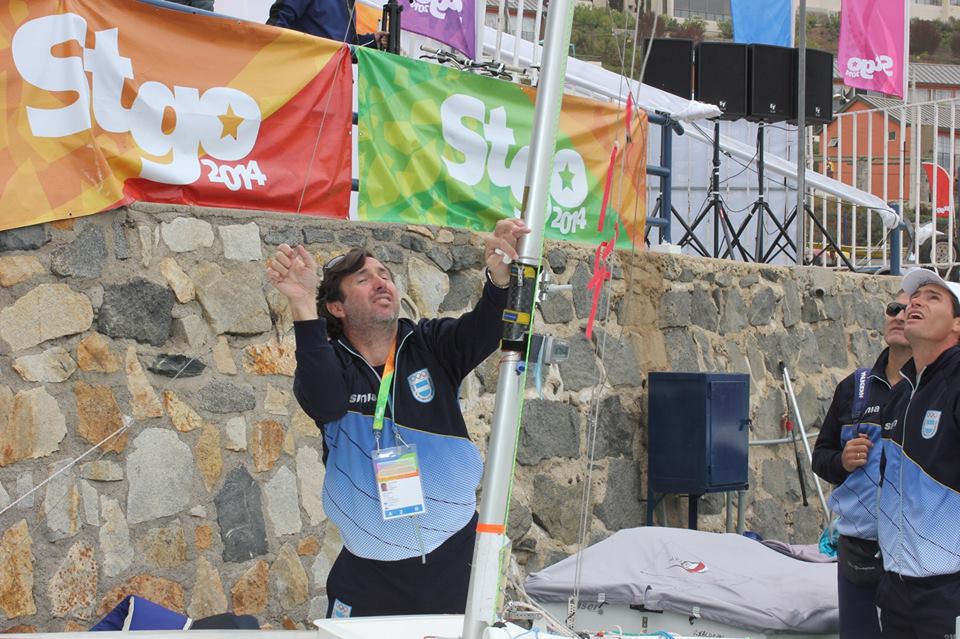 The measurements I start with are:
The measurements I start with are:
- Length of spreaders: A reasonable measure is 42.5cm (16 3/4″) measured from the face of the mast to the shroud. Heavier crews can lengthen the spreaders 1 to 2cm more.
- Opening of spreaders: with spreaders pulled back against their stops, measure between the shrouds. Between 75 and 77 cm (29 1/2″ – 30 1/4″) is a good measurement. If your main sail is very flat or you have a soft mast, you can open the spreaders to 78 or 80cm. Heavier crews can also use the wider setting.
- Step the mast and attach the shrouds and the jib luff wire. The shrouds should be attached at the most forward position allowed by class rules. Make sure the mast forward/aft adjustments are loose so the mast can float in the partners.
- Raise the tape on the main halyard and lock off the halyard in its sailing position. Tension to the jib halyard.
- We must find a way to set the shrouds so the measurement from mast tip to transom is between 6.55 and 6.57m (21′ 6″ – 21′ 6.5″) and the tension is 27 (on the silver gauge) or 21 (on the black gauge). There will always be a setting of the shroud adjusters that allows this range. This range is used as BASE. This one is the starting point for the other set-up. The boat is more easily sailed if the BASE tension is 25 (silver) or 19 (black) instead of 27 and 21.
- Once this is done, put the measurement tape parallel to the mast and hold it at the goosneck, in order to check mast bend at the height of the spreaders; it should bend forward about 3 to 4cm. If the mast has too much bend, perhaps the spreaders are too long or too closed… and vice versa. This is an important control measurement to know that all is well and that the rigidity of your particular mast is working in harmony with the setup.
- With this set up and this tension we must verify how much gap foward we have between the mast and the deck at the partners. It should be between 1 and 1.5cm. If the mast touches in the front, take everything off and move the mast step back until you have a 1 to 1.5cm gap. If there is more than 1.5cm move the bolt forward. If the boat is an old Persson, then the bolt may still be in the 60 inches position (old measure) and must move a hole ahead of that. The mast step location is very important, because it will allow us to move the mast as far forward as possible while still leaving a little gap to prebend the mast for light wind. There are many opinions regarding the position of the step, but if you are not going to move it all the time, I find it better to have it in this position as an “all purpose” setup.
- With the rake, the tension and the mast now in position, we will make 2 marks so we can repeat this setting. The first is on the jib halyard (where it lies on the mast) and the second is to mark the mast position on the deck. (Make a line on the mast and one on the deck).
These marks indicate our “neutral” position or “base” (point 1). This base setting works from zero wind until the time you start hiking and have to ease the main sheet sometimes to keep the boat flat, about 10/12 knots or so if you are light. The only change I make is that when the wind is under 7 knots and the leech is hard to open, I prebend the mast foward to the maximum. That flattens the main, which helps open the leech. The same can be achieved with more jib tension but the boat will be more difficult to sail. Otherwise for up to 12 knots, the mast is locked at the mark on the deck.
When there is more wind (over 10 knots), all I do is to lower the shroud a half hole (half hole lower than “point 1”) on the shroud adjuster (now we are on point 2) and tension to the same mark on the jib halyard. This goes well between 10 and 15 knots, when we can sail with a flat boat without easing the main. (Editor’s Note: Luis doesn’t use Sta-masters turnbuckles, but the traditional shrouds adjusters).
With more wind, when the main has to be eased a little all the time, go down another half hole again (point 3), and if it gets very windy, more than 20 knots, tighten one more half hole (point 4) . Always tension the halyard to the same point. The mast will be raked aft gradually and tension will increase as well.
The jib and main cunninghams will remain loose, with small wrinkles, until sailing at “point 3”, where you pull a Little. At “point 4” they will be fully tensioned. If it is choppy, we pull these on later, and if it is flat wáter we pull them on sooner.
I keep the mast at the neutral mark to counteract some of the bend produced by using the vang. Many people do the opposite, letting the mast forward when is windy, but I feel the boat loses a lot of power and I prefer having a powerful sail, sheeting in a little less.
The jib trim is difficult to explain. Basically we seek to have the jib sheeted in as much as possible without losing too much power. It’s easier to say than to do. Experience is everything here. Use the telltales on the leech to avoid pulling in the jib too much. THIS TELLTALE MUST FLY ALL THE TIME. A good basic visual reference is that the leech of the jib will roughly parallel the curve in the back side of the main. As the wind increases, the jib goes farther out. When it’s windy, the jib is definitely going out and the leech will be outside the spreader tip.
Having the jib sheeted in too much and not easing the main sheet enough are the number 1 and 2 errors of those who are slow when it is windy.
If it is too windy for you and you feel that the boat is in control and not you, the first thing to do is ease off the jib halyard at least 1cm or 2cm. This will make the boat lighten, the jib will open more, and will be easier to sail. I do it all the time when I am tired above 20 knots.
If sailing in flat wáter you can closet the spreaders a little, and for choppy places open them more.
If you are very light you can pass to points 2, 3 and 4 a couple of knots before indicated. If you are heavier you will go to these settings later.
For example, if I’m in a lake without waves, I go from point 1 to 2 as soon as I ease the main a couple of times. However if it is choppy, I like to mantain point 1 as much as I can (until I ease the mainsail more than half of the time). If I want to have the mast rake a little aft, I ease just a little of jib halyard. This means less tension on the jib wire, but with 12-14 knots, I am able to trim the main and pull the boom down. So the tension that I need on the jib wire comes from the main leech.
It is an infinite topic, what you can say about Snipe tuning, and we will come back later with much more details. But this should give you a good foundation, with the ultimate goal of having REASONABLE boat speed in all conditions.
From this base, you just have to sail, get use to it, and try things. Everyone develops their own style, so go sailing!

“HOW TO IMPROVE FAST” is a series of short articles to the sailors who usually end up outside the first third of the fleet in most races.
They are sailors who week after week try to improve, try to repeat what they did in that race in which they finished better. They try to stay in front when they round the first mark near the leaders, but most of the time they fall back without knowing why..
The goal of all this is to provide some technical elements to help them stop committing some recurring errors immediately, so they can see results right away.
Of course, and this needs to be said, this is just my humble PERSONAL opinion, and others will have an equally valid different one. This is what I’ve learned or observed in the 35 years I’ve been racing sailboats, 26 of them under the “fat bird”, and what I try to do or avoid every weekend.
Comments for this post are closed

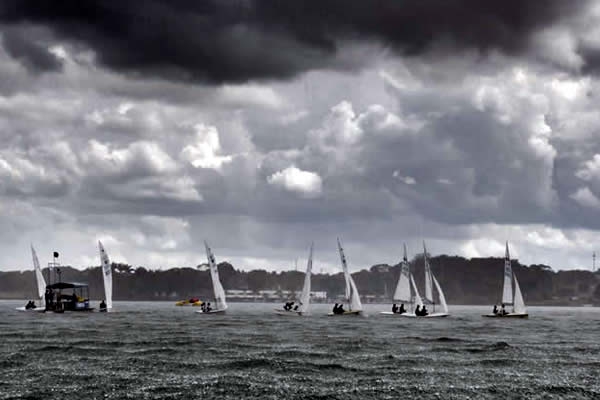
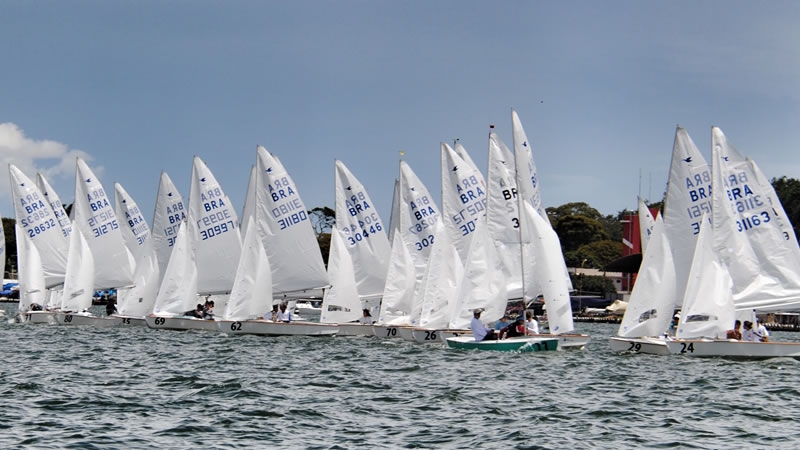




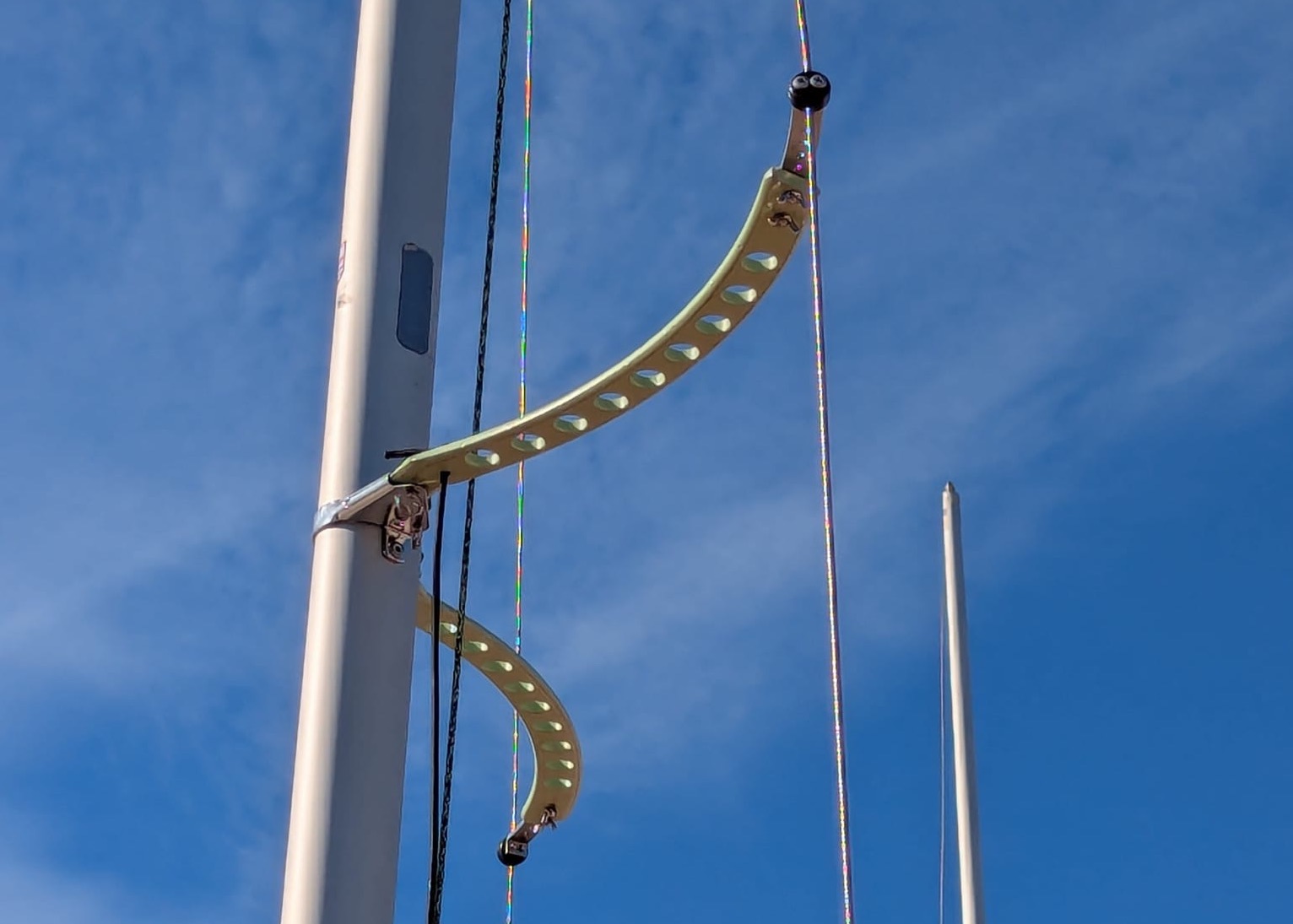

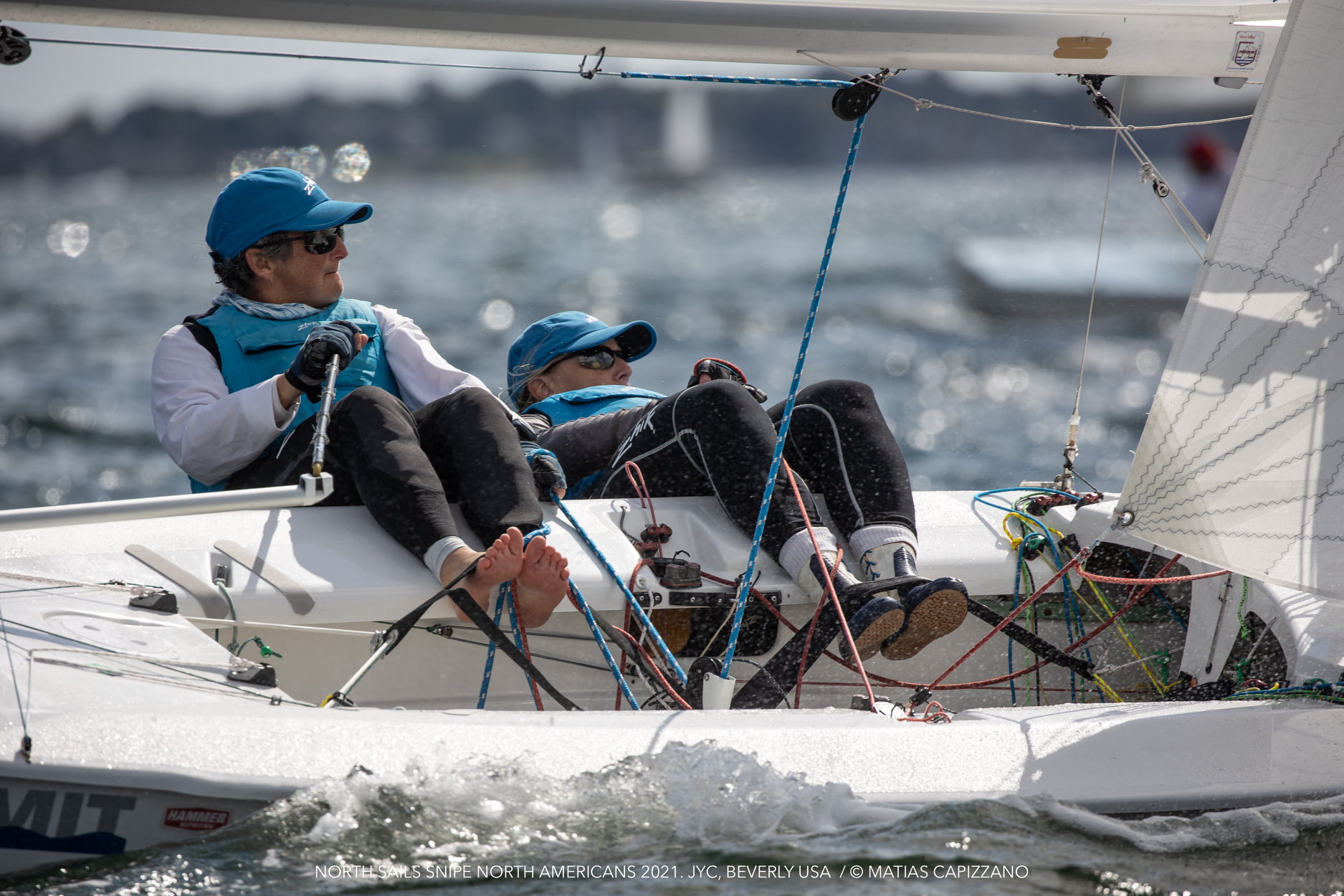
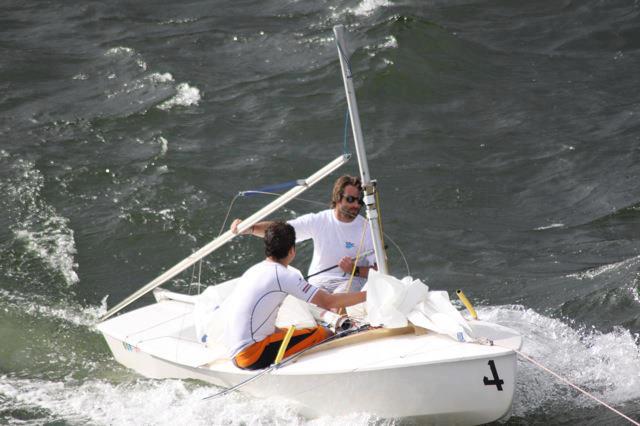

1 comment
Igor Cavalcante
Very good
I am waiting for the next one :)
Best regards from Flotilha 368 Baía de Guanabara
Leave a reply
Your email address will not be published. Your comment will be revised by the site if needed.